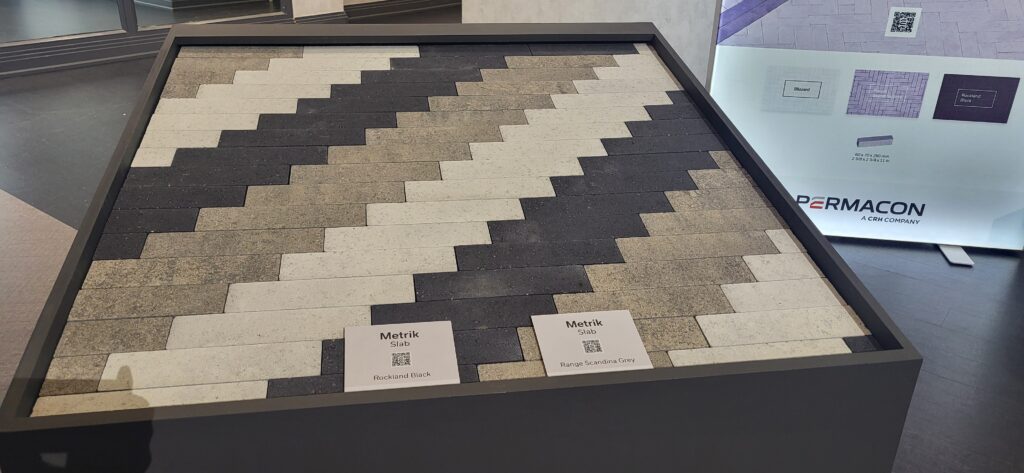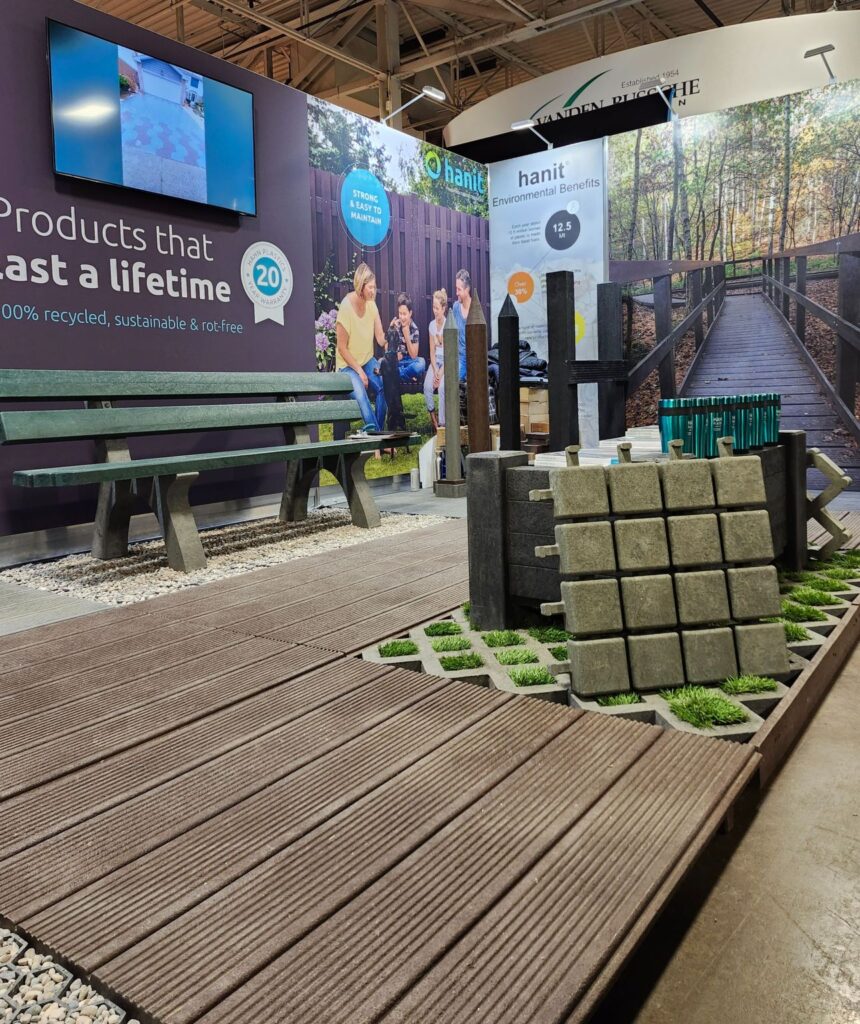Do you have a Hilly or Treed Site and are considering updating your landscape design?
Our 3D scanners and 3D landscape design programs ensure your designs align.
Recently, I was out on a very sloped site, completing a 3D scan of a client’s project site. The site was so steep that I slipped a few times as I worked my way up the hill, repositioning the scanner multiple times to ensure I captured all the fine details of the existing wood stairs and the old, ruined stone ones hidden beneath. As I reviewed my iPad, guaranteeing the quality of the scan, I thought, how would one be able to accurately capture these existing conditions using the older methods, a tape measure, laser level, line altimeter, or a transit surveying, that many landscape architects and designers still use?
As a landscape architect specializing in challenging terrains featuring hills and dense tree coverage, I sincerely appreciate 3D scanning technology and its transformative effect on my work. This cutting-edge tool enhances the accuracy of my designs and significantly improves the efficiency of site assessments and planning.
Here’s how 3D scanning has become indispensable in navigating the complexities of hilly and treed environments.
Accurate Location of Site Elements and Great Details
One of the most compelling advantages of 3D scanners is their remarkable ability to capture extensive spatial data with exceptional detail and precision swiftly. In landscape architecture, every element, whether natural or manufactured, must be considered during the design phase. 3D scanning enables us to create precise digital models and a digital twin, facilitating meticulous analysis comfortably in our office. Additionally, the point cloud produced by the scanner provides a realistic visualization of the site, even if we envision specific components partially or entirely removed.
* The 3D scanner creates a point cloud or digital twin, which is made from millions of coloured dots. We use Leica’s BLK360G1 photographic Lidar 3D scanner; it has an accuracy of 6mm at 10m (1/4″ at 30′) and captures up to 360,000 points per sec. (Leica spec sheet)
Minimizing the Unknowns while our Enhanced Decision-Making
Working in 3D significantly reduces the number of unknowns in the design process, especially for our clients. Traditional surveying techniques leave information gaps, such as smugged or hard-to-read field notes or missing angles within the site photos. Many times, these information gaps can lead to complications, delays, and potential price increases as these issues and unknowns are corrected and the design modified.
On the other hand, 3D scanning allows us to proof our work on-site as we scan in real-time. On the iPad tablet, we see the site being digitally twined as the scan is completed. If any areas are missing, we reposition the scanner to ensure all areas are captured completely and accurately.
By clearly understanding the position of each element within the landscape and its surrounding context, we can plan to prevent potential design or construction conflicts with trees and buildings. We can also plan interventions that respect the existing flora and enhance the overall ecological balance.



Quick study of a patio and pergola in deferent locations in the yard, plus preliminary study of the stairs. Being able to spin the view around and look at the element within the existing context from every align allows us to provide better usable designs.
Facilitating Communication and Collaboration
Back in the office, we can use the point cloud to visualize the entire site from any angle and overlay our proposed landscape design. Our clients can easily visualize and relate to the project and its existing topography, which fosters better understanding and collaborative decision-making. This allows us to discuss comprehensively how the proposed designs will interact with the existing landscape, including the surrounding context, such as views from neighbours’ windows and shade from existing buildings and trees.
Similarly, construction teams can utilize the 3D scan and detailed 3D models during pricing and implementation, ensuring the vision is executed accurately. This proactive approach minimizes surprises and helps ensure designs align smoothly with your vision while blending perfectly with the slopes and contours of the land.
Closing Thoughts
Integrating 3D scanning into my landscape architecture practice has revolutionized how I approach projects, especially those on hilly and wooded sites. This technology provides rich, accurate data about the landscape and empowers me to design responsibly while minimizing the environmental impact. With 3D scanning, I can confidently navigate the complexities of each site, ensuring sustainable and aesthetically pleasing outcomes that honour the beauty of nature. As landscape architecture continues to evolve, embracing these technological advancements will be key to achieving innovative and environmentally conscious designs.
**TL;DR:**
- 3D scanning technology is transforming landscape design, especially for hilly and treed sites, by providing accurate and detailed spatial data.
- It minimizes uncertainties in the design process, improves client communication, and allows for real-time adjustments on-site.
- Utilizing tools like the Lecia’s BLK360G1 scanner enhances the accuracy of designs, facilitates collaboration, and promotes sustainable practices in landscape architecture.
Staff News:
Owner and Landscape Architect Kevin Post recently received his Orienteering Canadian O100 certification and is halfway through his O200 certification. These certifications prove that the event organizers have the fundamental knowledge and experience to create safe and challenging orienteering races for all levels. He also designed the well-received Toronto Orienteering Club’s Cup racecourse under the mentorship of the club’s president, Andrew.








